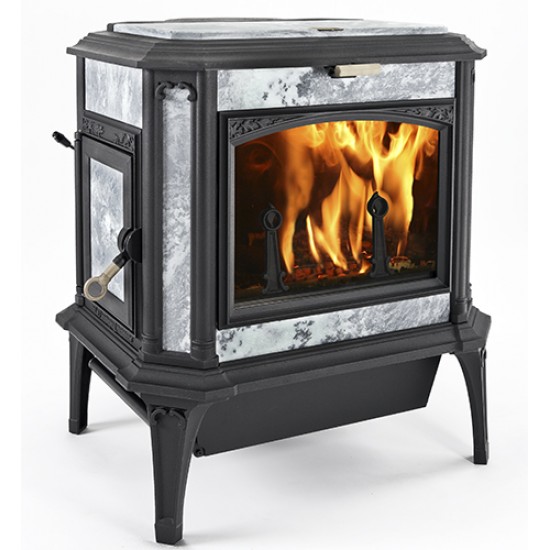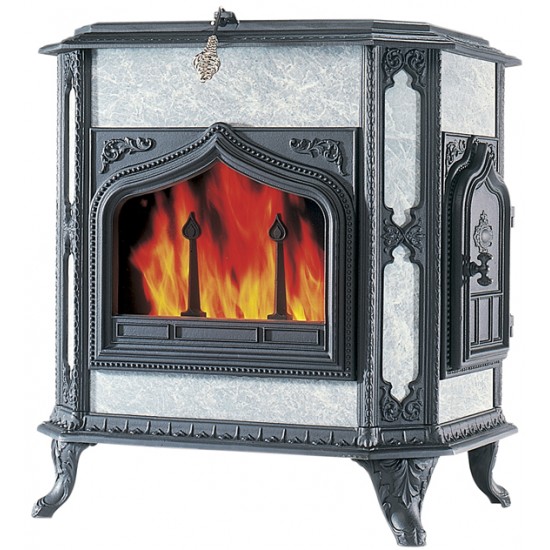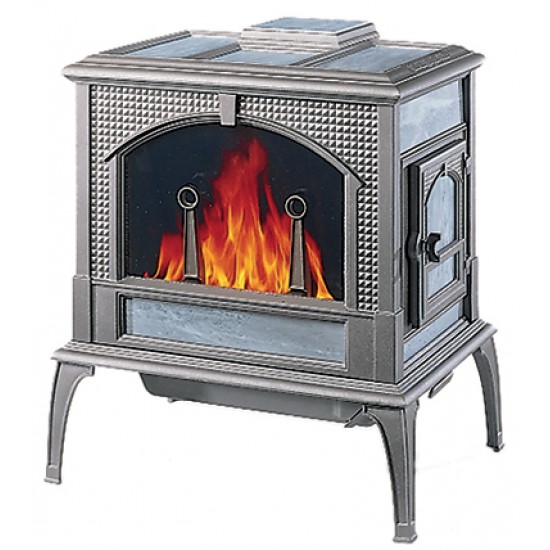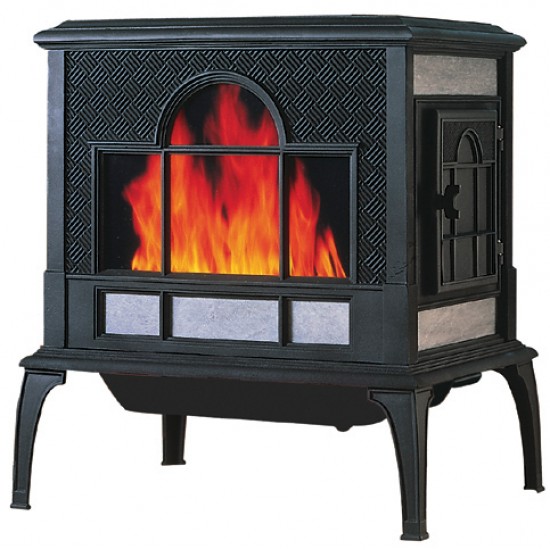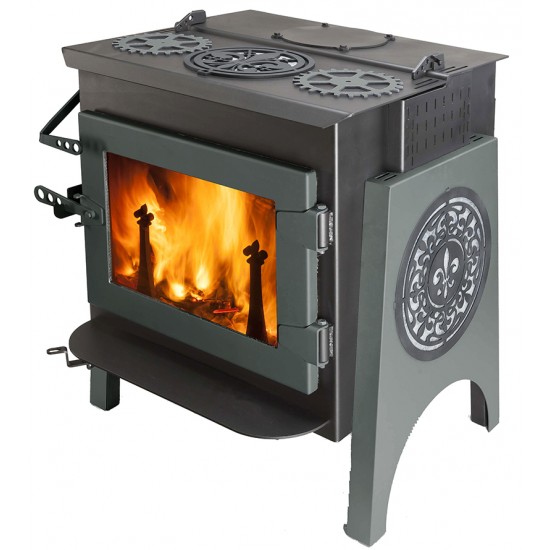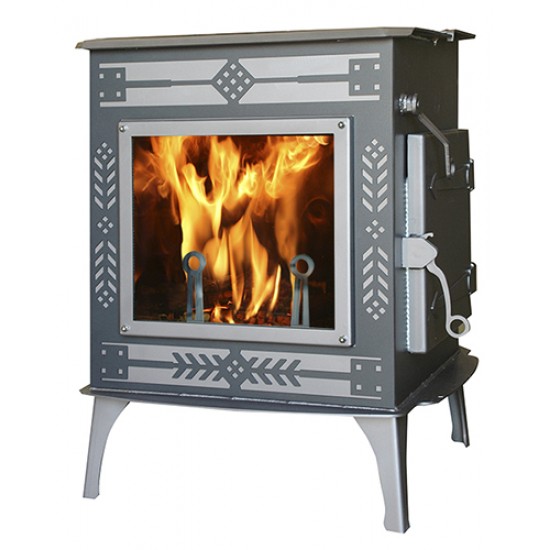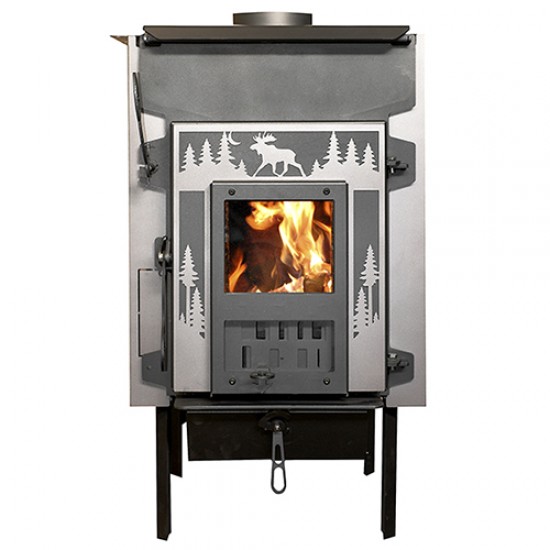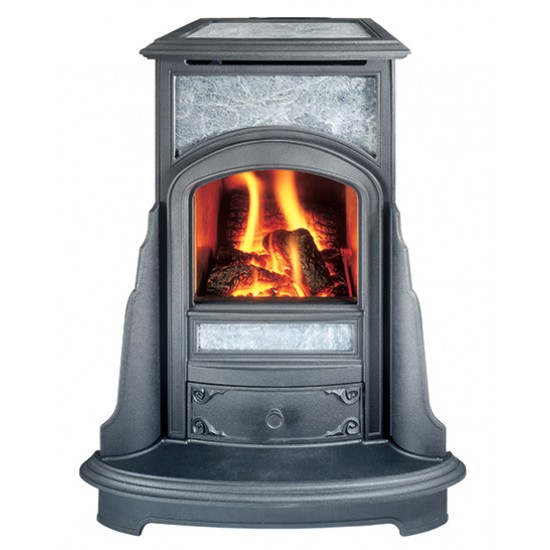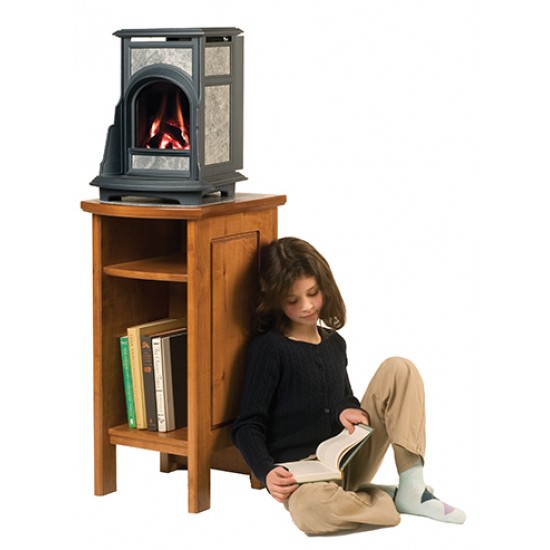30% Federal High-Effieciency Wood Stove Tax Credit!
Tax Credit Applies to Wood Stove Purchase Price and Any Related Costs for Installation
With the signing of the 2022 Inflation Reduction Act, high-efficiency wood stoves now qualify for a 30% tax credit under Section 25(C) of the Internal Revenue Code. The tax credit was originally slated to run through 2032 but in July 2025 the One Big Beautiful Bill Act accelerated the expiration date of the tax credit to December 31, 2025. This tax credit is effective for installations between January 1, 2023 and December 31, 2025 and is capped at $2,000 annually.
30% TAX CREDIT NOW EXPIRES DECEMBER 31, 2025
Qualifying Stoves must meet the following criteria:
-
The stove must meet the 2020 EPA standards.
-
The stove must have a minimum efficiency of 75% (HHV). More about High Heat Value (HHV) below.
- Woodstock Soapstone Company Qualified Manufacturer Pin: T6X3
NEW- Qualifying stoves installed in 2025 will require a pin when filing for the tax credit.
All Woodstock Soapstone Wood Stoves Qualify for the 30% Tax Credit!

